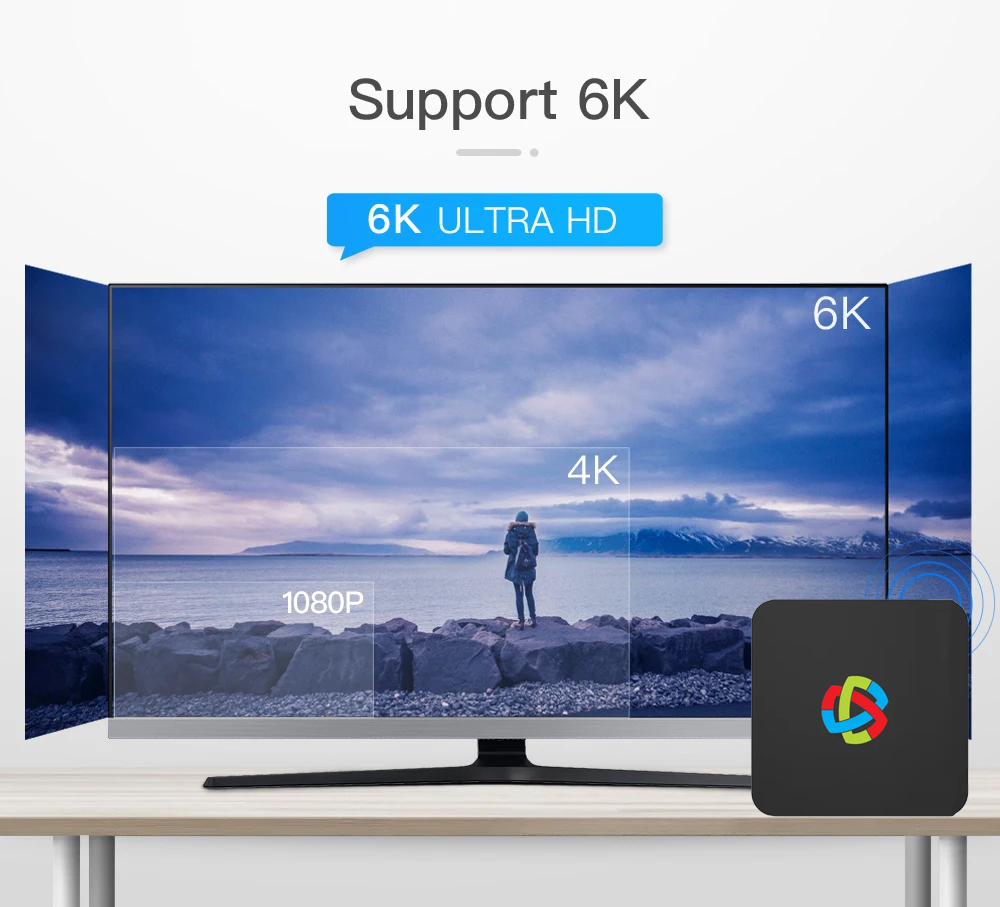To create a home theater, what's the first step? Of course, it’s choosing a projector! So, what follows is going to be a detailed guide packed with useful information.

Understanding the Advantages of a Projector
When selecting a projector, it’s essential to understand why you're buying one first. Knowing its purposes, advantages, and your budget will ensure a satisfying shopping experience. For example: If you’re buying a projector for watching movies or playing games, a projector priced under a thousand yuan should suffice. The brightness (lumens) and clarity will be adequate for these uses.
I. Better Viewing Experience
If your primary use is movie watching, installing an anti-light screen in the bedroom or closing the curtains can enhance the image quality. Good movies deserve to be watched repeatedly, and a projector can provide a rich visual experience.
II. Great for Learning
At home, using a projector instead of a blackboard for classes turned out to be a great choice. If you want to ensure high-quality learning, a projector priced above a thousand yuan will provide better clarity.
III. Prevents Myopia
Unlike the direct light emitted by TVs, computers, or tablets, projectors cast light through diffuse reflection, which is much gentler on the eyes, thus reducing the risk of eye strain.
IV. Space-Saving
The space saved by not needing a large TV allows for more convenience. When the projector is not in use, the space can be utilized for other purposes.
Aside from understanding the benefits, it’s important to know the standards for choosing a projector. Following these steps will help you select a projector that meets your needs.

Standards for Selecting a Projector
I. Working Principle of a Projector
When a projector operates, its internal light source passes through a color filter, emitting various colored light beams. These beams are converted into color images by a chip, then enlarged and projected onto a screen by the lens.
Thus, we can see that the chip determines the image quality, the light source controls the brightness, and the lens affects the image size and resolution.
II. Key Points to Choose a Projector
a. Resolution

For those familiar with digital devices like phones, computers, or TVs, resolution is a key factor, and projectors are no different. Resolution directly affects the clarity of the projected image. Common projector resolutions include 720P, 1080P, and 4K. The higher the resolution, the better the image clarity. A 4K resolution is comparable to high-end TVs but comes at a higher cost. For general home use—like watching movies or gaming—a 1080P projector should be sufficient.
b. Technology and Chipsets
Common projection technologies include 3LCD, DLP, and LCoS:
1. 3LCD Technology: Known for excellent color management, high color accuracy, and strong contrast and dark detail performance.
2. DLP Technology: Known for fast response time, longer lifespan, and portability. Ideal for users who often move their projector.
3. LCoS Technology: Found in mid-to-high-end models, offering superior color, contrast, and detail performance, but at a higher price point.
Typically, the choice of technology and size directly affects image quality, and it also impacts the ideal usage scenario.
c. Light Source

The light source in a projector determines its brightness. The stronger the light source, the higher the brightness.
1. Traditional Light Sources: These include high-pressure mercury lamps and xenon lamps, with brightness typically over 3000 ANSI lumens. They are often used in commercial cinemas, but the downside is a shorter lifespan and the need for frequent bulb replacements—making them less ideal for home use.
2. LED Light Sources: These are commonly under 1500 ANSI lumens, making them suitable for evening use. For daytime use, blackout curtains are necessary.
3. Laser Light Sources: These provide over 2000 ANSI lumens of brightness, ensuring excellent visibility even during the day. They also have a long lifespan but come with a significantly higher price tag.
For nighttime entertainment, an LED projector is usually sufficient. For business use during the day, a laser projector is recommended. Traditional light source projectors are typically not suitable for home use.
d. Throw Ratio

The lens is responsible for enlarging and projecting the image, and the throw ratio is a critical factor. It determines how large you can project the image and the quality of the image.
Throw Ratio Calculation:
Throw Ratio = Projection Distance ÷ Image Width
For example, if you want to project a 100-inch screen within 3 meters and the screen ratio is 16:9, the throw ratio would be 1.36. For a 4:3 screen, it would be 1.48. The only thing you need to do is to choose the throw ratio based on the space available.
In total:
For evening movie watching on a budget: Choose an LED projector with brightness under 1500 ANSI lumens.
For better color and aesthetics: Choose a 3LED projector with a smaller throw ratio for enhanced image quality.
A smaller throw ratio generally provides better image quality.
Name: Janice
Email: sales11@ihomebox.com
Tel/Whatsapp: +86 19926651189












